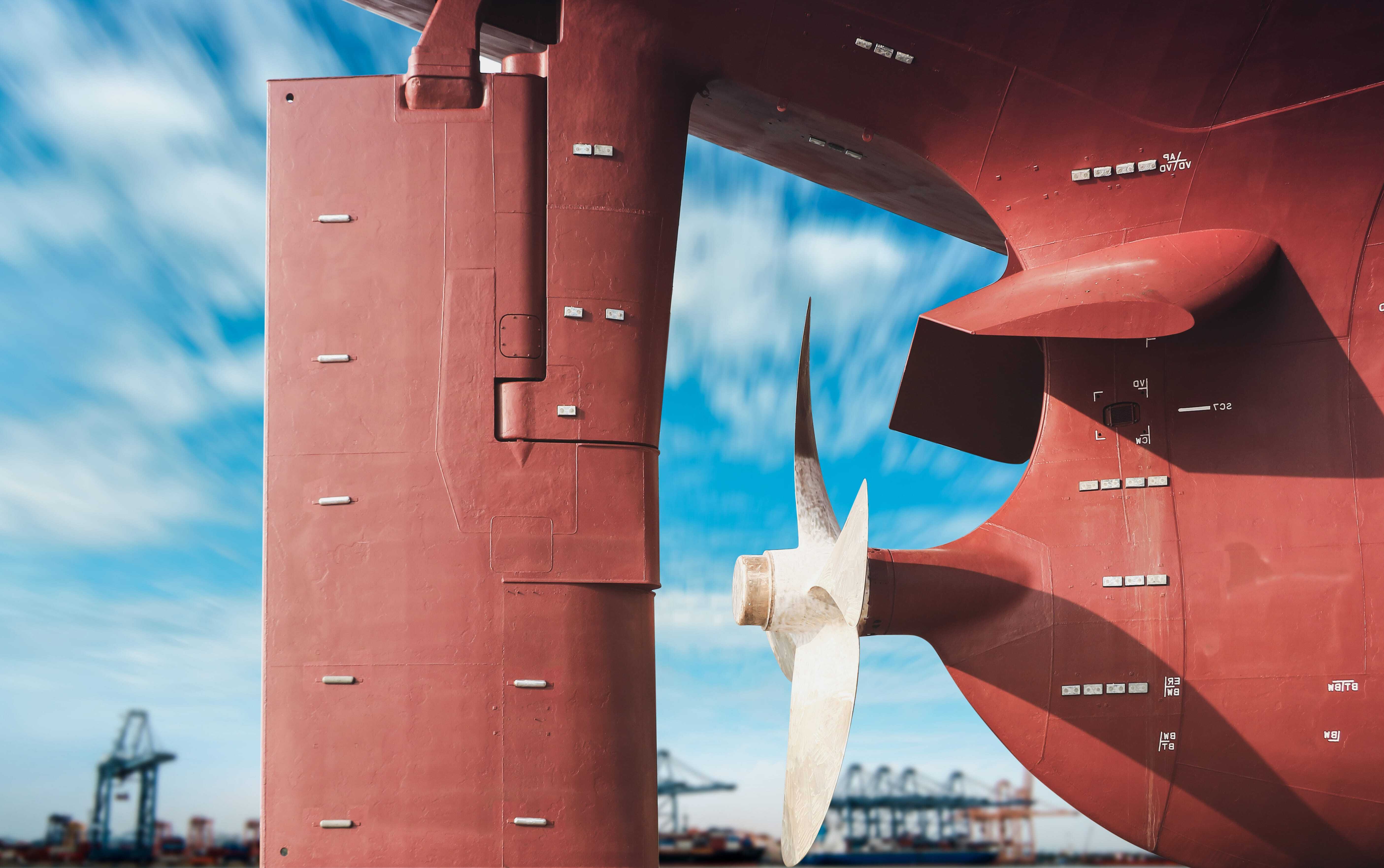

This paper was presented in May 2022 at the HullPic Conference under the title: 'Saving AI from its Own Hype: Getting Real about the Benefits and Challenges of Machine Learning for Ship Performance Modelling Aimed at Operational Optimizations'
Abstract
This paper compares different approaches for ship performance modelling, with the goal of finding the modelling technique best suited for operational optimizations such as routing and maintenance planning. The added value of using sensor data instead of noon reports is quantified. Next to industry-standard approaches (e.g. sea trial curves + corrections), a new approach based on physics-informed machine learning called ‘ship kernels’ is proposed. The paper finds that when sensor data is available, ship kernels outperform traditional modelling techniques considerably for both short-term and long-term accuracy metrics. It also proposes a solution to improve modelling accuracy when only noon report data or limited sensor data is available. This paper concludes with general remarks and warnings on the challenges of operationalizing machine learning.
Implications
The (in)accuracy of traditional ship performance modelling techniques is one of the biggest challenges in the operations & performance management of shipping today. Every % of inaccuracy on the original ship performance model, adds more uncertainty to every decision taken down the line. The fuel-savings potential of voyage optimization has long been held back due to the limited quality of the ship performance models at the basis of these optimizations. Commercial discussions relating to ship performance have always been murky due to the inability to accurately define this performance. Advanced modelling techniques building on sensor data - such as ship kernels - can remove this inaccuracy. This improves all other decisions and optimizations building on top of these models. These next-gen models allow shipping to reap the fuel savings that data-gathering efforts were supposed to enable.